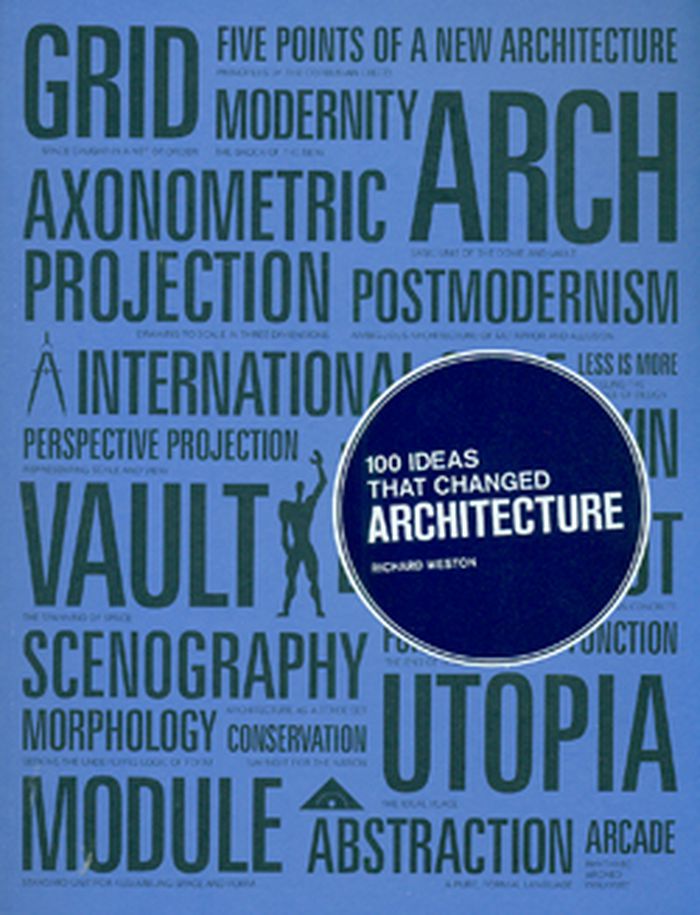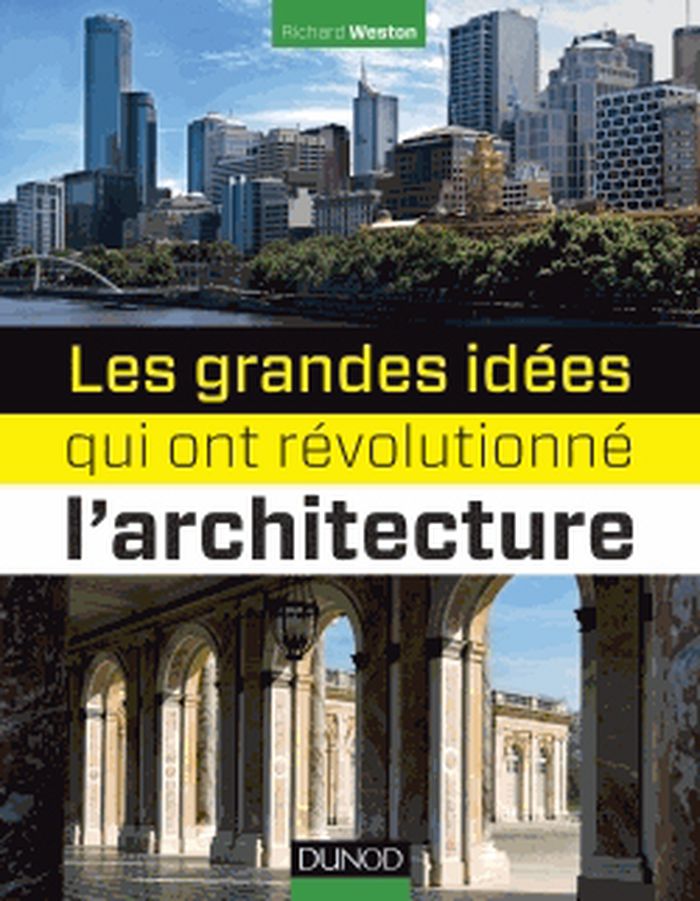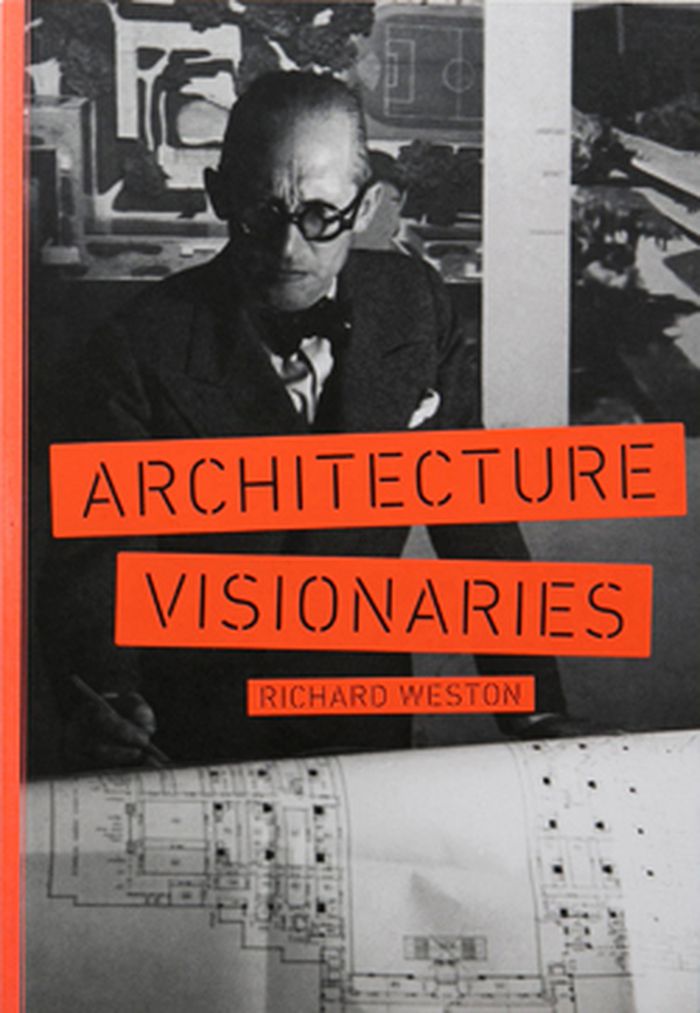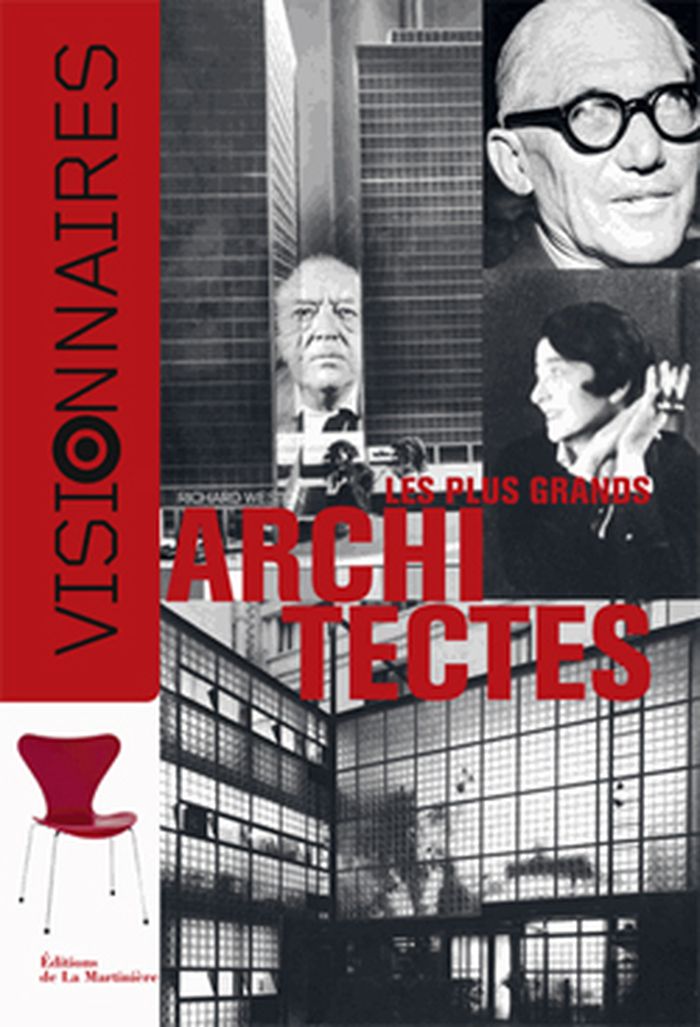livres
$39.95
(disponible sur commande)
Résumé:
Architecture in Detail series.
Villa Mairea : Noormarkku 1938-9, Alvar Aalto
Actions:
Prix:
$39.95
(disponible sur commande)
Résumé:
Architecture in Detail series.
livres
janvier 1900, London
Architecture, monographies
livres
Modernism
$95.00
(disponible sur commande)
Résumé:
In this comprehensive survey, Richard Weston traces the course of Modernism from its beginnings to its contemporary manifestations. He explores the Modernist movements of the early twentieth century – Cubism, Surrealism, Futurism and Purism – and concludes with the ‘post-modernist’ experiments of the 1980s and 1990s. He shows how the ‘tradition of the new’ became the(...)
Modernism
Actions:
Prix:
$95.00
(disponible sur commande)
Résumé:
In this comprehensive survey, Richard Weston traces the course of Modernism from its beginnings to its contemporary manifestations. He explores the Modernist movements of the early twentieth century – Cubism, Surrealism, Futurism and Purism – and concludes with the ‘post-modernist’ experiments of the 1980s and 1990s. He shows how the ‘tradition of the new’ became the creative credo of a small group of progressive artists and how, with the emigration of leading German modernists to Britain and the USA in the 1930s, the theory and practice of Modernism became widespread. What had begun as a cluster of loosely related artistic movements scattered across Europe emerged as the dominant style of the twentieth century.
livres
octobre 1996, London
$34.95
(disponible sur commande)
Résumé:
This book chronicles the most influential ideas that have shaped architecture. Entertaining and intelligent, it provides a concise history of the subject, and is also a fascinating resource to dip into. Arranged in a broadly chronological order to show the development of architecture, the ideas that comprise the book include innovative and influential concepts,(...)
septembre 2011
100 ideas that changed architecture
Actions:
Prix:
$34.95
(disponible sur commande)
Résumé:
This book chronicles the most influential ideas that have shaped architecture. Entertaining and intelligent, it provides a concise history of the subject, and is also a fascinating resource to dip into. Arranged in a broadly chronological order to show the development of architecture, the ideas that comprise the book include innovative and influential concepts, technologies, techniques and movements.
$50.95
(disponible en magasin)
Résumé:
Tout en couleur et très illustré, cet ouvrage présente les 100 grandes idées de l’architecture, des origines à nos jours, à travers le monde.
janvier 2014
Les grandes idées qui ont révolutionné l'architecture
Actions:
Prix:
$50.95
(disponible en magasin)
Résumé:
Tout en couleur et très illustré, cet ouvrage présente les 100 grandes idées de l’architecture, des origines à nos jours, à travers le monde.
Architecture visionaries
$58.00
(disponible sur commande)
Résumé:
Featuring 75 of the world's most influential architects, this book presents the story of 20th-century architecture through the fascinating personal stories and significant works that have shaped the field. Arranged in a broadly chronological order, the book gives the reader a sense of the impact that inventive individuals have had on the development of architecture and(...)
Architecture visionaries
Actions:
Prix:
$58.00
(disponible sur commande)
Résumé:
Featuring 75 of the world's most influential architects, this book presents the story of 20th-century architecture through the fascinating personal stories and significant works that have shaped the field. Arranged in a broadly chronological order, the book gives the reader a sense of the impact that inventive individuals have had on the development of architecture and our built environment. Key dates in the architects' careers are listed in timeline features, thereby allowing the author freedom to move beyond well-known biographies to analyze the buildings and map out the exciting visions behind them. With insightful text describing carefully selected examples, this is a dynamic and unique guide to the architects whose visions have created the buildings around us.
Architecture contemporaine
$65.95
(disponible sur commande)
Résumé:
Antoni Gaudí, Le Corbusier, Jean Prouvé, Oscar Niemeyer, Frank Gehry, Renzo Piano, Tadao Ando, Herzog & de Meuron... 75 grands noms pour incarner toute la diversité de l’architecture moderne, de 1880 à nos jours.
octobre 2015
Visionnaires: les plus grands architectes
Actions:
Prix:
$65.95
(disponible sur commande)
Résumé:
Antoni Gaudí, Le Corbusier, Jean Prouvé, Oscar Niemeyer, Frank Gehry, Renzo Piano, Tadao Ando, Herzog & de Meuron... 75 grands noms pour incarner toute la diversité de l’architecture moderne, de 1880 à nos jours.



